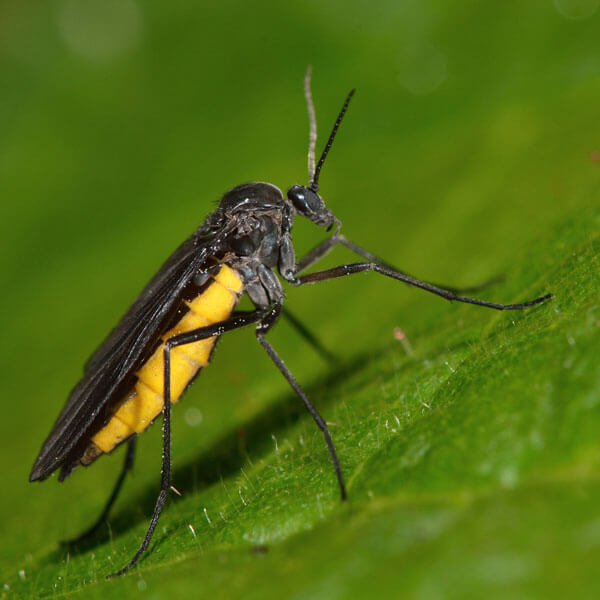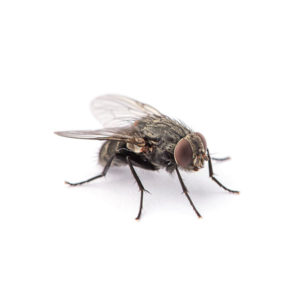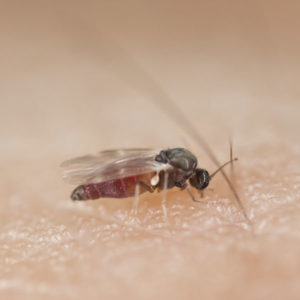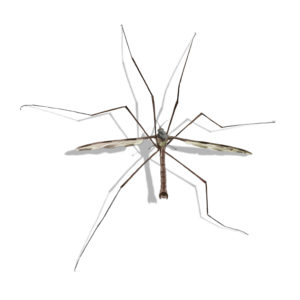Fungus Gnats in Anaheim
Fungus gnats are tiny insects characterized by their slender wings and delicate, spindly legs. They can occasionally pose issues in both residential and commercial settings, particularly in environments where there are lots of indoor plants to serve as breeding grounds. Fungus gnat larvae predominantly feed on fungi and organic material within the soil, though they may also attack the roots. This can pose a particularly big problem for greenhouses, nurseries, or other plant-related businesses. When in households, the adult insects usually congregate near windows or light fixtures.
Fungus Gnat Habitat
In the wild, fungus gnats usually congregate near high-moisture areas. They often infest overwatered landscapes or low-lying areas that stay wet after heavy rainfall. Since these gnats are drawn to light, they may hover near large glass windows if they get indoors. However, they are weak fliers compared to many other fly species, so they usually stay fairly close to potted plants that they can use for feeding and breeding.
Fungus Gnat Behaviors, Threats, or Dangers
Adult fungus gnats don’t bite or harm plants; instead, they’re mainly an annoyance. The actual harm is caused by fungus gnat larvae, which can harm roots and hinder plant growth, especially in young plants and seedlings. In areas where moist, organically rich soil is prevalent, such as indoor plant environments and houseplants, these larvae have been known to cause significant root damage and even plant death. So, if you notice a houseplant wilting, it might not necessarily need more water but could be suffering from root damage due to fungus gnat larvae. If you think you may have a fungus gnat problem, consider getting in touch with your local pest control professional for help removing these pests.





